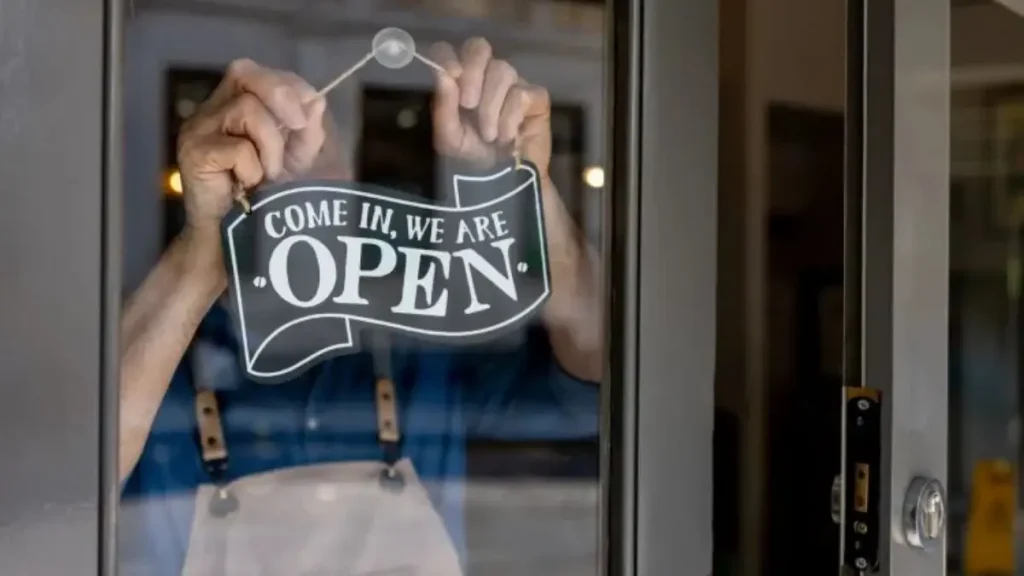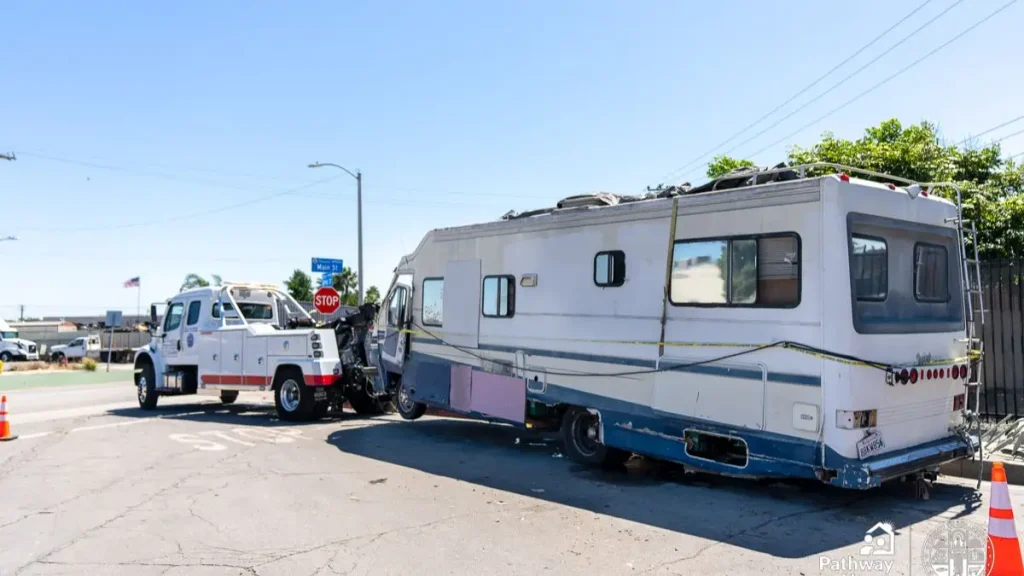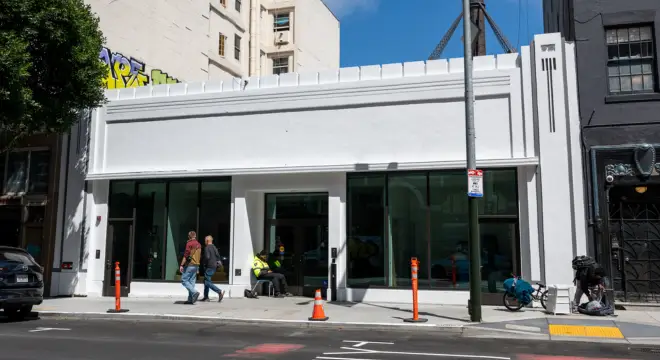Trump Approves Federal Funding for Missouri Storm Victims: What You Need to Know
You know how quickly life can change, right? One moment, everything’s fine, and the next, a storm rolls through and leaves everything in pieces. That’s exactly what happened in Missouri this March. When those powerful storms hit, they didn’t just tear through buildings — they tore through lives.
Imagine waking up to tornado sirens, not knowing what’s going to happen next. And then, when the storm passes, you’re standing in front of your home — or what’s left of it. That’s the reality for so many people in Missouri. The damage was massive. Homes were destroyed, businesses flattened, and neighborhoods were left unrecognizable. It wasn’t just property that was lost; it was the feeling of safety that people had spent years building.
And it wasn’t just one town. St. Louis and other areas faced destruction, too. Roads were blocked, trees uprooted, and buildings were gone. People who’d spent their whole lives in these communities were suddenly starting over from scratch. The devastation was hard to take in.
Even though the storm hit hard, the people of Missouri didn’t have to face this alone. They weren’t left to rebuild on their own. FEMA stepped in to offer the kind of support that’s so desperately needed in times like these. It’s more than just helping repair homes; it’s about helping people get back on their feet, physically and emotionally.
I know it’s easy to think, “That could happen to me.” If something like this happened in your town, what would you need? What kind of support would be essential for you and your neighbors to rebuild? That’s where FEMA’s aid approval comes in. It’s the first step in a long journey, but it’s a step in the right direction.
Let’s take a closer look at what this aid actually means for Missouri and how it will help the recovery process.
What Does FEMA Aid Mean for Missouri?
So, now that you’ve got an idea of what the storms did, let’s talk about what FEMA’s aid really means for Missouri. You’re probably wondering: How does this federal support actually help people like you and me, especially after something this devastating?
Well, here’s the thing: FEMA isn’t just about sending a check or providing temporary shelter. It’s a lifeline that helps people rebuild their homes, get back to work, and recover from the emotional toll of a disaster. The aid includes everything from grants to low-interest loans, which help residents fix their homes and replace personal property. It’s not just about fixing roofs; it’s about getting people back to normal — or as close to it as possible.
For Missouri, the aid approved by President Trump is huge. The assistance will be directed toward homeowners, renters, and businesses in the hardest-hit areas. The goal? To restore essential services and housing, and to help people get back on their feet. In many ways, it’s the first step toward putting everything back together.
FEMA doesn’t just send money and call it a day. They’re deeply involved in coordinating with local governments and nonprofit organizations to ensure that aid gets to the right places. This includes providing financial assistance for temporary housing, home repairs, and other essential needs that might come up during the recovery phase.
If you’re interested, you can check out the official details of FEMA’s aid on their website. According to FEMA, “Federal assistance includes grants for temporary housing, home repairs, and other disaster-related expenses” that help individuals get back on their feet quickly.
So, what does this mean for Missouri specifically? It means that for many people affected by the storm, FEMA is the key to getting back to a sense of normal life. It’s the foundation they need to start over and move forward.
How Will the Aid Help Missouri Residents and Businesses Rebuild?

Alright, so you know FEMA’s aid is approved and heading to Missouri, but now let’s dig into the nitty-gritty. How exactly will it help people who have lost everything?
For homeowners, the most immediate benefit is the financial aid to repair homes. Many houses were left uninhabitable after the storms, with roofs ripped off, walls damaged, and structures destroyed. FEMA’s grants are meant to get people back in their homes as quickly as possible. This aid is crucial, because in a situation like this, just fixing the physical damage is a huge hurdle.
But it’s not just about homes. Think about the local businesses. If you own a small business in Missouri, especially in the areas hardest hit, you’re probably wondering how you’ll get back on your feet. FEMA provides low-interest disaster loans to help businesses rebuild and cover operating expenses until they can reopen. It’s not just about physical repairs; it’s about giving businesses the chance to survive and keep their employees on board.
In addition to all of this, FEMA will also be assisting with emergency medical and transportation needs for those who need it most. The goal here is to ensure that people’s basic needs are met, and that they don’t have to worry about survival while trying to rebuild their lives.
To give you an idea of how impactful this is, the state and FEMA have already started working together to assess the damage and begin distributing aid. If you or someone you know is in need of this assistance, it’s crucial to reach out to FEMA early so the process can start moving as quickly as possible.
What do you think is the most important part of FEMA’s aid for small businesses? Drop your thoughts in the comments below. I’d love to hear your opinions!
Just like Missouri, Texas is also receiving federal disaster assistance. If you’re curious about how the flood relief efforts are shaping up there, check out our detailed article on how Trump signed the disaster declaration after Texas floods. It sheds light on the support available to those affected.
What Comes Next for Missouri? Recovery Plans and Future Steps?
Okay, now that we’ve covered how FEMA’s aid is helping get Missouri back on its feet, let’s talk about what’s next. Rebuilding isn’t a one-time job — it’s a process that takes time, effort, and continuous support.
First, FEMA’s role doesn’t end with the initial relief. The organization is actively working with state and local governments to help Missouri develop long-term recovery strategies. This includes things like restoring public infrastructure — roads, bridges, utilities — and ensuring that critical services are back up and running as quickly as possible. The goal is to get the state back to a place where communities can function smoothly again.
One of the most important parts of the recovery process is ensuring that everyone who needs help can get it. That means continued access to financial assistance, temporary housing, and long-term support for displaced families. As the recovery progresses, more people will begin to see FEMA and local officials working on their behalf to provide more resources and support.
In the coming months, we’ll also see other organizations, both governmental and non-profit, stepping in to assist. Whether it’s providing medical care, food, or shelter, the recovery effort is truly a community-wide effort, with FEMA playing a central role.
So, while it might seem like everything’s been fixed after FEMA’s initial approval, the real work has only just begun. For Missouri, this will be a long road, but it’s a road they don’t have to walk alone.
As the recovery efforts move forward, it’s great to stay informed and connected. If you’re interested in receiving real-time updates and hearing from others going through similar experiences, there’s a lively community on WhatsApp where people share insights, tips, and the latest updates on recovery efforts. You can join the conversation and stay in the loop with everything happening across Missouri and beyond.
Trump’s Role in Disaster Relief: A Broader Look

While Missouri is beginning its recovery, it’s important to understand the broader picture of how disaster relief works in the U.S. The involvement of FEMA and the federal government is essential, but it’s also about how quickly leaders can act when disaster strikes. In Missouri’s case, President Trump’s approval of the FEMA aid wasn’t just a formality — it was a critical step that allowed Missouri to begin the process of rebuilding.
According to ABC News, this aid isn’t limited to Missouri alone. In fact, the President’s approval has extended relief efforts across eight states, each of which has faced their own unique challenges in the aftermath of severe weather events. By approving these disaster declarations, Trump made it possible for federal funds to reach the states quickly, which is crucial when time is of the essence in disaster recovery .
The federal disaster relief effort plays a major role in helping states get back on their feet after severe weather. But it’s not just about writing checks or signing paperwork — it’s about ensuring that local governments and communities have the resources they need to rebuild faster and more efficiently.
As Missouri moves forward, the collaboration between federal, state, and local authorities will remain critical. The federal government’s role, especially in providing FEMA funding, is vital for ensuring that recovery doesn’t just happen in the short term but lasts for the long haul.
Have you seen any other examples of how federal aid is helping communities after a disaster? Share your experiences in the comments — let’s keep the conversation going!
Conclusion
So, what does the future look like for Missouri? Despite the destruction and chaos caused by the storms, there’s a clear path forward — one built on recovery, resilience, and community support. Thanks to FEMA’s involvement, and the continuous efforts from local organizations and volunteers, the state is already taking those first crucial steps towards rebuilding.
But recovery isn’t just about physical structures or government aid. It’s about the people — the families, businesses, and communities — who are coming together to support one another, find hope, and rebuild their lives. Missouri’s journey isn’t going to be quick or easy, but it’s one that can be navigated with the right resources and determination.
As the months pass, we’ll see Missouri continue to rebuild, not just in terms of infrastructure, but in spirit. It’s in the way neighbors are helping each other, business owners are reopening their doors, and families are finding their footing again. Recovery is never easy, but with FEMA’s aid and the support of the community, Missouri is well on its way to overcoming the devastation caused by the March storms.
Missouri’s recovery is just beginning, but it’s a journey that’s already filled with promise. And as the state moves forward, one thing is clear — the people of Missouri aren’t just rebuilding what was lost. They’re building a stronger, more resilient future for everyone.
Disclaimer: The information provided in this article is based on publicly available sources and official statements at the time of writing. While every effort has been made to ensure accuracy, the situation may evolve as recovery efforts progress. For the latest updates, please refer to official FEMA and government channels.


